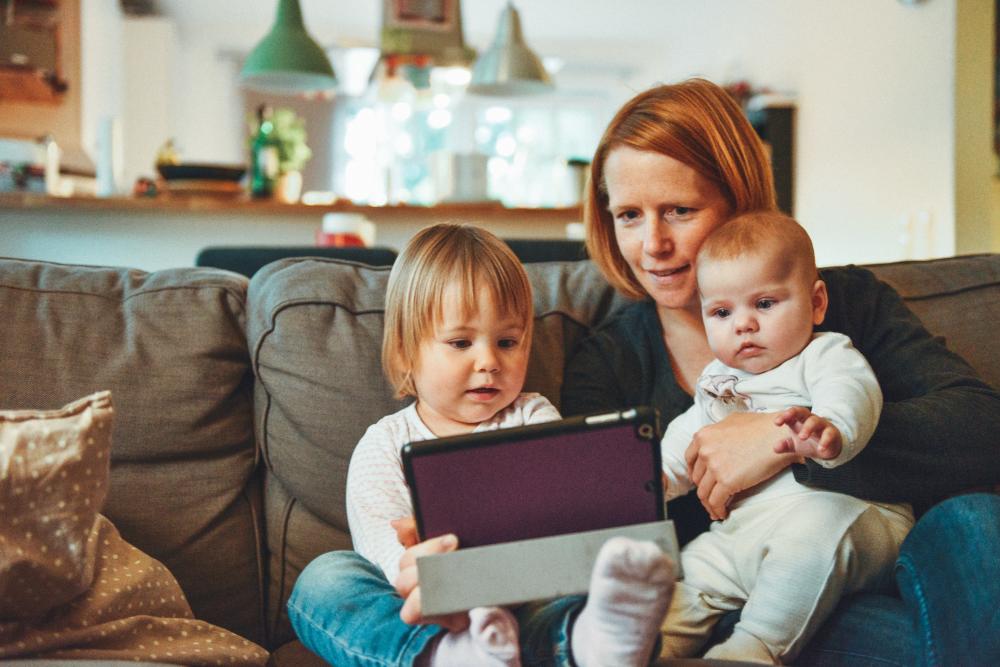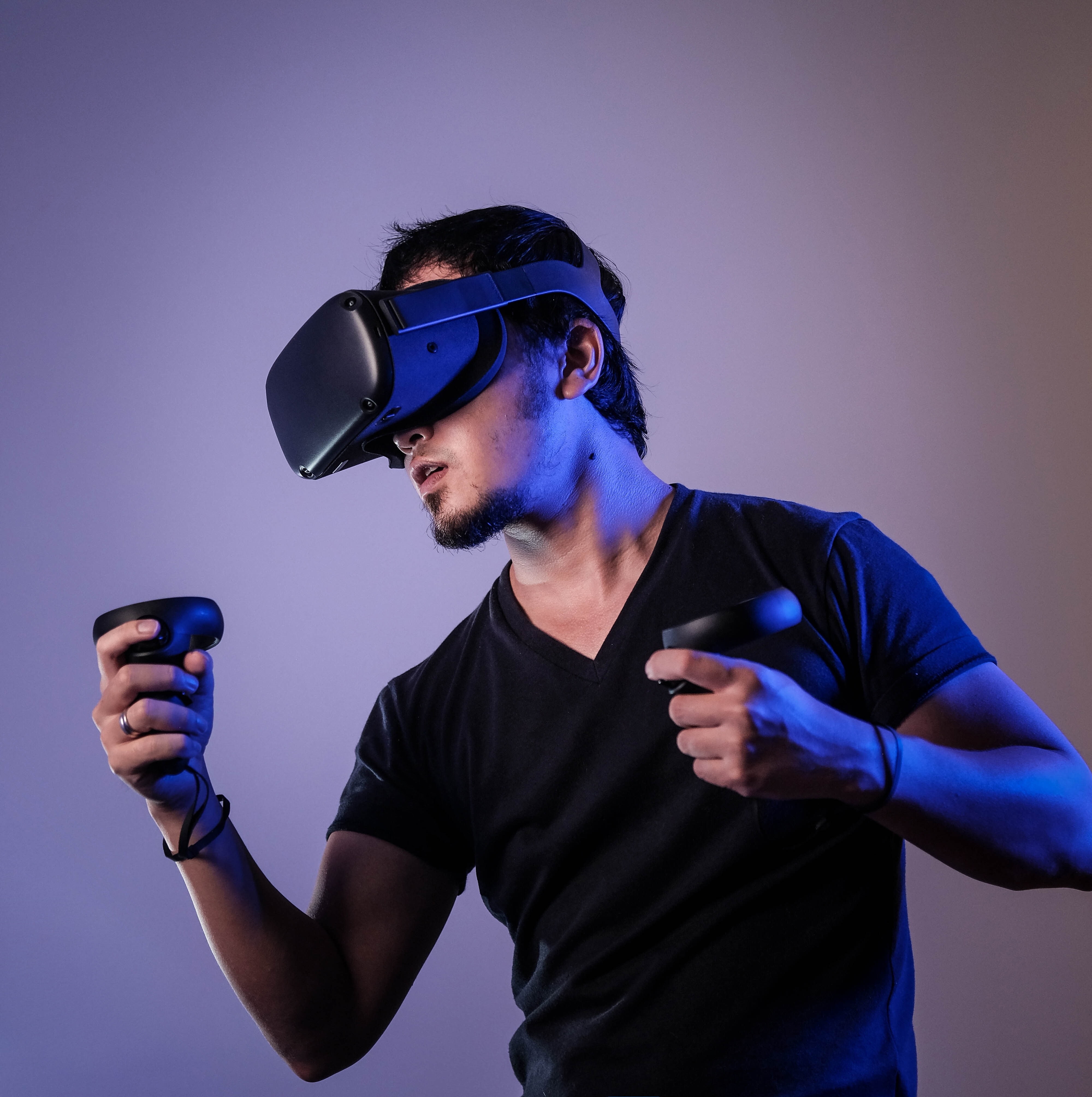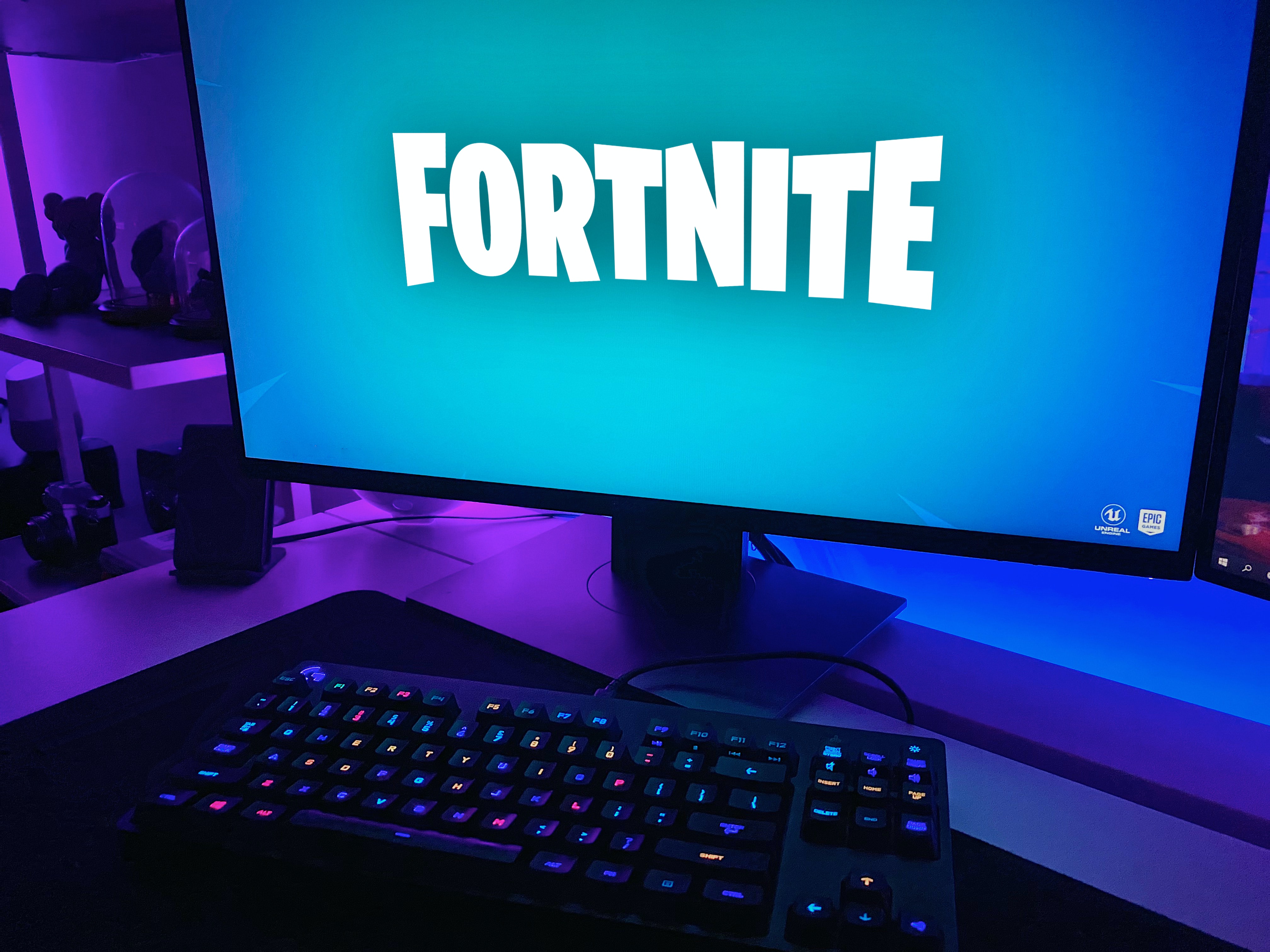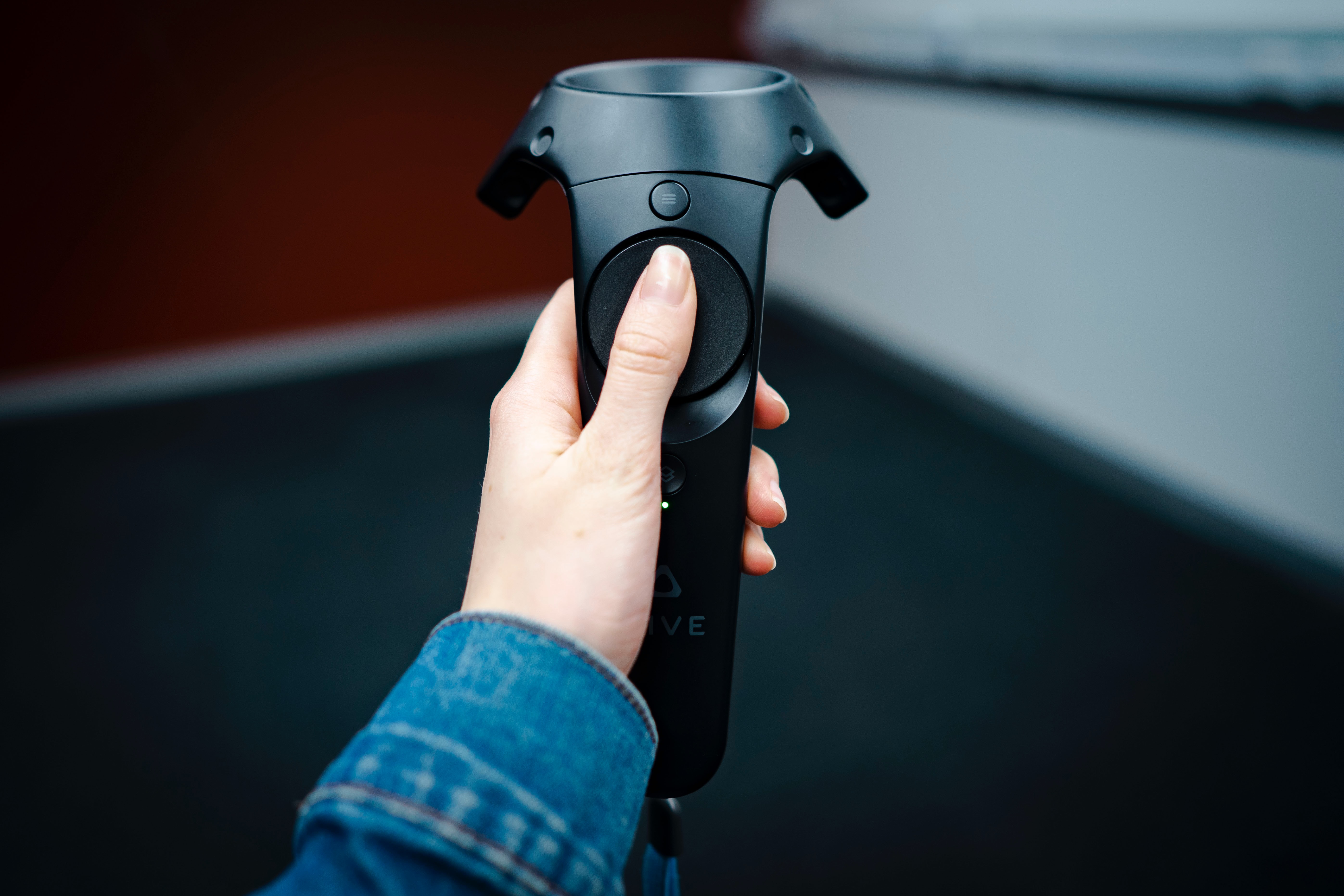
In 2020, the COVID-19 pandemic robbed us of that which defines us as a species… namely, the ability to socialize with each other in a real, physical way. While the severity of the lockdown still varies from country to country, state to state, and community to community, one of our basic human needs has been globally suppressed. Today, we are deprived of the ability to physically touch members of our family and friends. In our communities, we can no longer congregate in places of worship, collaborate in offices with colleagues, or patronize our favorite restaurants. Our children are restricted in the amount of learning they can experience in real classrooms with other students and teachers. And while these may be the worst of the social hardships that we’re currently suffering, there are many other social activities that we used to enjoy that desperately need more palpable, digital equivalents.
Our need to socialize has been repressed for approximately seven months now, and we are absolutely starving for social experiences. Interactions must be meaningful though, and not superficial. What we need is a “full-body experience.” Just adding a chat or commenting feature into an ecommerce app isn’t going to give us the “virtual hugs” that we are craving.
Investment in embodied social experiences will be a tough sell for some brands, however. The investment will be high, and the adoption may be slower than adding features such as transactional capabilities (revenue models may be less direct, as well, as loyalty plays rely on longer-term brand engagement and affinity).
Additionally, it won’t be so easy for introverts to adopt fuller-bodied social interaction. I can vouch for that, as I recall a recent encounter retreating from a life-sized avatar of an actual person in a VR community on one recent COVID evening. As soon as I saw her coming, I instantly winked myself out of existence with the press of a button on my Vive controller. I couldn’t handle it. That being said, I showed up. Why? Because I was curious. Someday, I’ll be able to handle it. If I knew that a real friend of mine was behind that ginormous, uncanny 3D avatar, I might have let things play out a bit.

Photo by Minh Pham on Unsplash
If investment is high, adoption slow with some, and revenue indirect, why should brands invest in embodied social experiences?
Because, as American neuroscientist, Kay Tye says, in a recent Technology Review article: “The recognition of the impact of social isolation on the rest of mental health is going to hit everyone really soon. I think the impact on mental health will be pretty intense and pretty immediate.” Kay suggests, with colleague and MIT post doc, Livia Tomova, in an upcoming paper, that this impact… a neural craving response… is not dissimilar to our basic craving for food. “A vital question for future research is how much, and what kinds of positive social interaction are sufficient to fulfill this basic need and thus eliminate the neural craving response?”
There you have it! It’s science. There’s the very real possibility that people may actually crave social interaction, like food, when deprived for long periods of time. The great news is, we can help to satisfy these cravings in a positive way that also supports various industry business models.

Photo by Thought Catalog on Unsplash
How Different Industries May Adapt, Now and in the Future
Here’s a look at how we can quickly satisfy our craving for social experiences in domain-specific services, in addition to what the future of social experiences could look like for these industries.
1. Travel and Hospitality
Remember cruise ships? We certainly remember the stories of those stranded at sea during the early days of the current pandemic. The Los Angeles Times reports: “The cruise industry has been in free fall since the COVID-19 pandemic struck in March. Not only are vessels unable to sail, but the swirl of bad publicity has also left the public believing that cruise ships are deadly incubators of disease.” While tourist escapes that act as petri dishes for COVID-19 and other infectious diseases may suffer, the World Travel and Tourism Council released a report that states that tourist preferences for near-term travel have shifted toward “domestic travel, and the familiar, predictable, and trusted.” Additionally: “92% of consumers trust word of mouth recommendations from family members and friends.”
The “Bolt-On”
For travel companies looking to improve their performance in 2021, the ability to promote social recommendations, reviews, and ratings, with “trusted circles” featured even more prominently, are table stakes for near-term social enhancements to existing digital travel platforms
The Future
With the recent announcement and rave TechCrunch review of the lightweight, all-in-one VR headset, Oculus Quest 2, VR is getting less bulky, less expensive, and more appealing to consumers.
Tech industry giants, like Facebook’s Mark Zuckerberg, are betting that consumers will use VR devices to plan their future, post-pandemic travel. As people tend to plan travel socially, with friends and family, it’s really a no-brainer for Facebook platform experiences to include avatar-driven, social engagement in VR, and combine it with virtual tours for travel destinations, hotels, and other hospitality services. Travel brands should start preparing their virtual (and social) VR tours now, to help people who can’t wait to plan their first, real, post-COVID vacations with friends and family.
2. Live Entertainment
The last 20 years have not been kind to musical artists, who have struggled due to obsolete formats (records and CDs) and illegal downloads. To make matters worse for them—and for us, the fans—the pandemic has now widely canceled live performances, which was the stricken music industry’s biggest source of revenue. The Wrap reports that the industry stands to lose $26 billion in live performance revenues.
As a music lover, I purchased two concert tickets before the pandemic struck. Both concerts were obviously canceled during the lockdown. Interestingly, neither of these event organizers offered any kind of live streaming equivalent… let alone a way to experience the event with friends. My tickets were refunded, but I was left unfulfilled. Live concerts with friends are an experience that I am personally craving!

Photo by Israel Palacio on Unsplash
The “Bolt-On”
To make up for the loss of live performance revenue, enterprising artists are starting to act like “small businesses” and leverage live streaming and social media channels as their “independent small business” platforms. While this may be easy for artists with established fan bases, who generate more awareness for new music (like Sheryl Crow performing on Instagram Live) through live streaming performances on social media, like the aforementioned Instagram Live or YouTube Live, it will be difficult for newer artists—who may not have as much of a fan base built up on social media—to get music heard in an ecosystem where social influence determines the artist’s reach. So, while popular artists may be born social influencers, indie artists and those without savvy media representation and management may struggle to be heard.
The Future
Without a doubt, the future of live virtual entertainment has been created by Travis Scott, and his partnership with Epic Games, who, together, have fully embodied the artist in a 3D live show in the game, Fortnite. With 3D content, the future is limitless, paving the way for more embodied, live social experiences that will trick us into feeling like we are attending events in the real world with friends.

Photo by Vlad Gorshokov on Unsplash
With the base of hugely popular games, such as Fortnite, it will be easy for creative and enterprising artists to generate income using games as a virtual musical and live performance venue.
3. Watching Movies
If we weren’t binge watching our favorite Netflix shows before the pandemic, we surely are now! Streaming services such as Netflix, Disney+, Hulu, Amazon Prime Video, HBO Max, and YouTube TV bring us some comfort, as we remain on our living room couches. However, these services haven’t been able to replicate that “theater-going” experience. And while drive-in movies have been making a come-back in small communities, there’s certainly an opportunity for digital streaming giants to make their content more social.
The “Bolt-On”
Efforts, to date, include the ability to schedule a “watch party” on Netflix, which synchronizes video playback with a group of watchers who are able to chat with each other during a movie or TV show. The ability to chat is a rudimentary social capability, however, and without seeing my friends, the experience feels somewhat disembodied.
Necessity being the mother of invention, digital media consumers have found a way to “hack” popular teleconferencing software, like Zoom, to create DIY watch parties with the ability to actually “see” their friends. Streaming content providers will likely follow suit, bringing more embodied social entertainment to screens in 2021.
The Future
Deloitte claims that “there are more millennials, now, who have a gaming subscription than those with a traditional Pay TV subscription—and close to one-half of millennials and Gen Z pay for both a gaming and video streaming service.” Since gaming is inherently social, and given the crossover consumer base, it makes sense for movie studios and gaming platforms to join forces and create mixed media experiences that enable consumers a greater degree of social interaction, engagement with franchises, and escape from reality. With VR now within the consumer’s grasp, the proper, immersive, mixed media experience could both entertain us and help satisfy that urge to be social, in a real physical sense.

Photo by Fidel Fernando on Unsplash
Our Identity Is Formed Through Our Interactions with Others
So, what is at stake as we continue to remain isolated from one another?
To answer that question, we should familiarize ourselves with the real-life story of Phineas Gage, an American railroad construction foreman in the early mid 1800s, who rose to unfortunate fame because of his freak accident. One day, on the construction site, Phineas was tamping down an explosive powder with a tamping iron rod. Momentarily distracted, Phineas was caught unaware, as the powder ignited the rod, which shot like a rocket, through his brain. Friends who knew him claimed that due to the accident, he was “no longer Gage.” The catastrophic damage to his brain had the impact of drastically altering the man’s identity.
Most remarkably, however, in the remaining years of his life, Phineas gradually recovered some of his identity through social engagement, in his later occupation as a coach driver.
So, if our sense of self is intrinsically tied to our social interactions, will prolonged isolation inevitably lead to us losing our identity as a society (in the sense of knowing what we stand for and how to behave)?
Let’s not find out!
We have the tech to recreate whatever reality we can envision in convincing detail. Project Bravemind shows us that we can help soldiers with PTSD by using exposure therapy in VR. KindVR is using VR to help kids minimize pain (in combination with drug therapies) while undergoing painful treatment for Sickle Cell Disease. The brain is easily tricked with 3D simulations of reality… and we can surely simulate a realistic social experience. These will allow us to engage with our loved ones, but also with teachers, brands, social icons, entertainers, athletes, and influencers.
Hopefully, in 2021, no matter what state of lockdown in which we find ourselves, the digital social experiences we create will help us to reconnect with one another, in addition to fulfilling that core human need.

